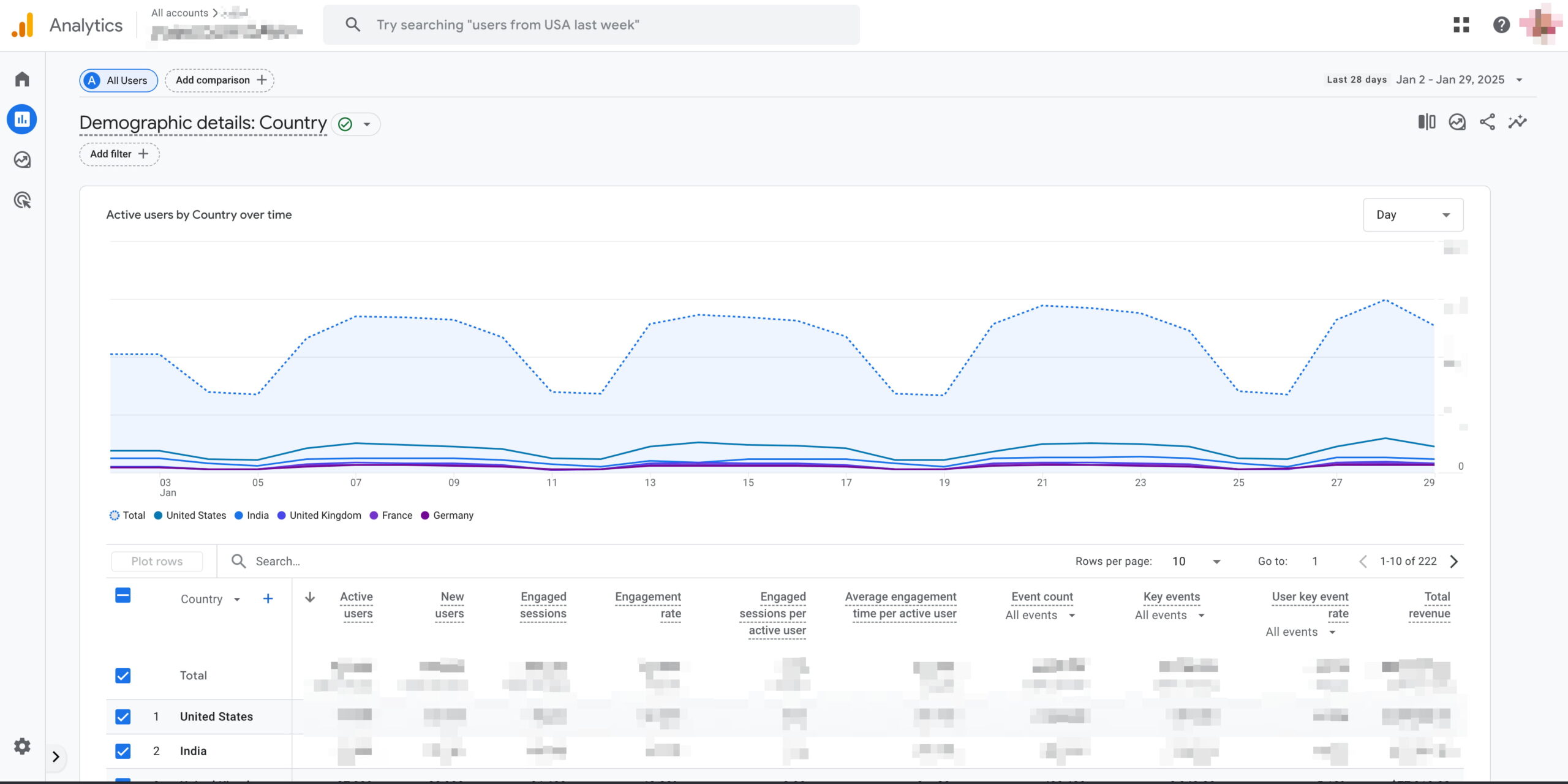Online audience research: how to analyze your audience

You need to know your online audience to write appealing content for them. Who are those people who read your stories? Who are the people that search for the terms you want to be found for? Where do they come from? How old are they? What are they interested in? And how will you be able to reach those people again? In this post, we’ll help you research and analyze your audience, which is essential for SEO.
It’s important to analyze your audience
Writing articles for people can be hard if you don’t know much about your audience. Should you write expert-level content, or should it be very easy-to-read material? Which topics interest them? Which search terms do they use? What blog post will make them come back to your site?
These questions are especially important if you want your audience to become regular visitors of your website or if you want them to buy something in your online store. That’s where audience analysis and research come in. If you know all about your audience, adapting your content to fit their needs will be much easier. As a result, you’ll become more successful in selling your products and gaining those return visitors.
Who is your online audience?
A good place to start researching your online audience is in your website or social media user data. This can help you find all kinds of helpful information about your audience — or audiences. You may not have considered it before, but different groups of users could visit your site for different purposes. You should analyze your audience to find out what people are visiting your site and use that information to adapt your content.
Audience analysis in Google Analytics
The best way to start analyzing your audience is by using Google Analytics. Google Analytics will tell you at what time of day your audience is on your site, where they’re from (at least from which country), which pages they like most, and whether they use a desktop or a mobile device. That’s all valuable and usable information.
Closely monitor which pages and blog posts generate much traffic and investigate possible patterns. Perhaps posts about a certain topic generate a lot of traffic, while posts about others don’t get many visitors. Use that information when choosing the topic of your next blog post.

Analyze your social media audience
Google Analytics can tell you a lot about your website visitors, but if you want to know more about the people you reach on Facebook, you’ll need to use Facebook Insights. Check which posts get many views and which don’t get your audience’s attention. Experiment with buying ads on Facebook, too.
Of course, every social media platform has data insights (like YouTube Analytics, for instance). Monitor the analytics of the channels you use regularly.
Not the audience you were hoping for?
If you find yourself surprised by the kind of people in your online audience, there are two things you can do with that information:
Firstly, you could ask yourself why your website isn’t reaching your target audience. You can also ask yourself why your content isn’t appealing to them when they see it in the search results or social media. Are you using the same keywords those people will be searching in Google? Does your SEO title and meta description match their search intent (and does the content on the page live up to that promise)? These things can help you reach your intended audience and keep them returning.
Alternatively, you might not have the online audience you were expecting, but it is an audience, and they came to your site for a reason. Another option is to learn more and create more content with them in mind.
Finding out about your readers
Whether you want to grow your existing online audience(s) or adapt your content to target a different group, the next step in analyzing your audience is the same: You need to find out more about these people and what they want and need.
Do surveys
A great way to get to know your audience is to have them fill out an online questionnaire. In a survey, you can ask them anything you want. You can, for instance, set up a survey that pops up when someone enters or exits your site. You can also send a survey invitation to your newsletter subscribers or product buyers. There are a lot of tools out there for online questionnaires. Many services offer a free account, which will be enough for most small companies.
Remember that most people do not participate in online surveys. Still, if your audience is large, you’ll easily get a decent amount of people to fill out your questionnaire. You can always try to win more participants by giving away prizes or offering a discount code as a nice incentive among the respondents.
Please note that only a select group will always be willing to complete a survey. That group is highly selective and not representative of your entire online audience.
Talk to your audience
Analyzing your audience doesn’t always need to be a desk activity. Conversing with some is also a great way to learn more about them. You can ask many people about your product in an online questionnaire, but their answers will probably remain shallow. Talking to some of the people from your audience in person could help you better understand who your audience is. Ask them what they like best about your website, products, or blog posts. Ask them why they come back to your website. Invite them to talk about their experience, and don’t be scared of some criticism.
Read comments and discussions
If you want to analyze your audience and understand it, you should look at the comments on your blog post. It’s getting harder to get proper comments these days, but when people take the time to write, they often give great insights. In their comments, which aspects of your blog post are they discussing? Which topics are so important to them that they are willing to engage? Analyze audience comments on your website, and don’t forget to monitor comments on social media, too.
Aside from the comments your audience leaves on your website and social media, you could also look at what they discuss on other websites. Sites like Reddit and online discussion forums can be treasure troves of information. If you can find out where your audience hangs out online, look and see what they’re talking about!
Read online reviews
Reading reviews of your business gives you clear insights into your audience. Look at what customers say to understand their thoughts and feelings about your brand. Positive reviews highlight what you’re doing right. Negative ones show areas for improvement. Use this feedback to adjust your marketing strategies. This way, you can better meet your audience’s needs and build stronger relationships with them.
Analyzing online audiences is hard but valuable
Researching your audience can be a lot of work. Google Analytics and the analytic tools of the numerous social media platforms are useful, but they don’t tell you much about the intentions or desires of your audiences. Surveys are great, but as most people won’t fill out an online questionnaire, the data aren’t that valid and representative of your entire audience. Talking to your audience can bring useful insights, but you won’t be able to converse with all of them either.
All the different ways of analyzing your audience add value in their way, though. However, using them all gives you a clear impression of your audience. So don’t just sit there wondering who’s behind those clicks — own get to know them!
Read more: An introduction to user research »

